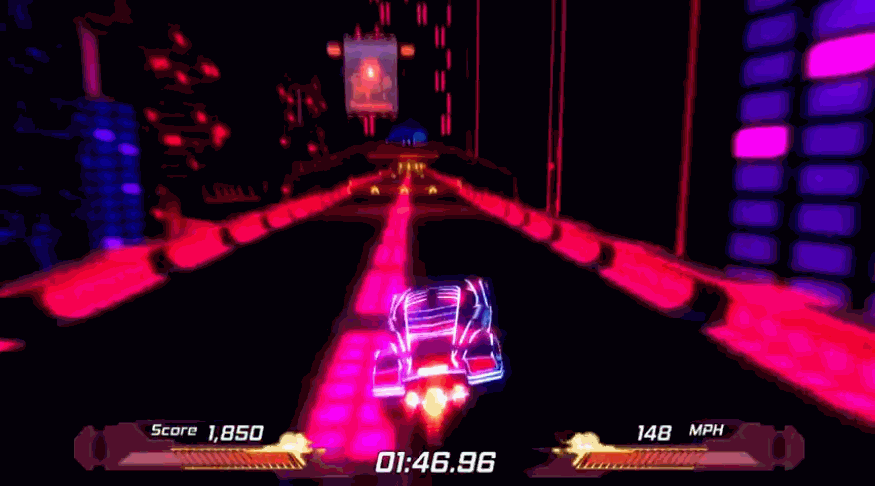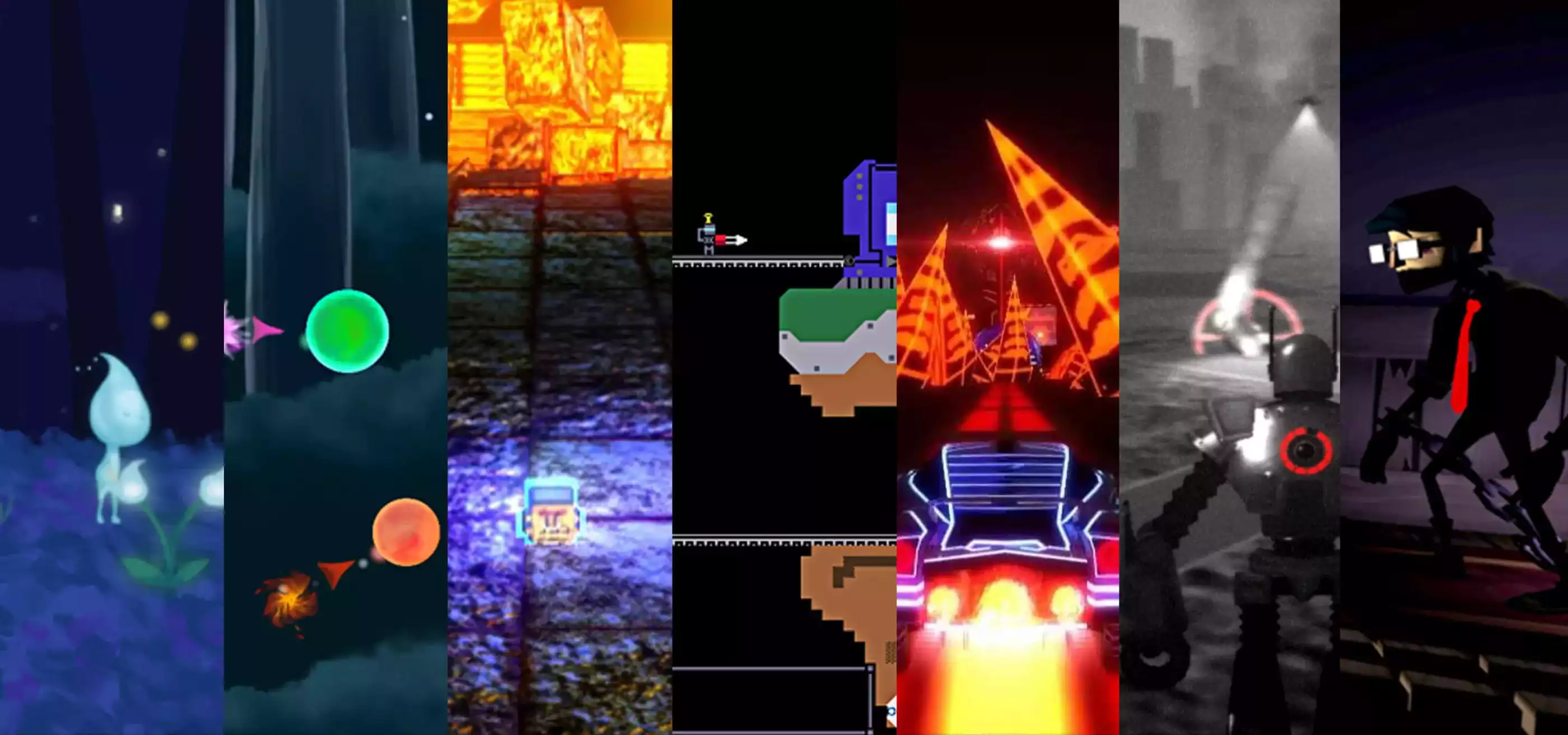Since 1988, DigiPen students have crafted hundreds of incredible, free-to-download video games. Despite their status as student projects, many of these games have gone on to win ardent fans across the world, rocketing some titles to hundreds of thousands, if not millions of downloads. To celebrate DigiPen’s 30-year anniversary, we’re looking back at the top 20 most downloaded student games of all-time, rounding the list out in this edition with numbers 10-1.
10. Attack of the 50ft Robot!
As early as infancy, the very first sport most humans learn to enjoy is the simple act of picking something up and throwing it. Attack of the 50ft Robot! is built around that age-old impulse, giving you a giant sandbox to destroy to your heart’s content. Featuring grainy black and white graphics meant to evoke ‘50s era sci-fi films, this 3D action game puts you in the role of the titular robot and lets you terrorize a city with laser beams, detachable rocket-powered fists, and most importantly, your ability to pick up entire buildings, enemy vehicles, or whatever else you might find, and throw them across the map. There’s nothing quite like chucking a tank at a helicopter, or leaping into the air to snatch a low-flying UFO.
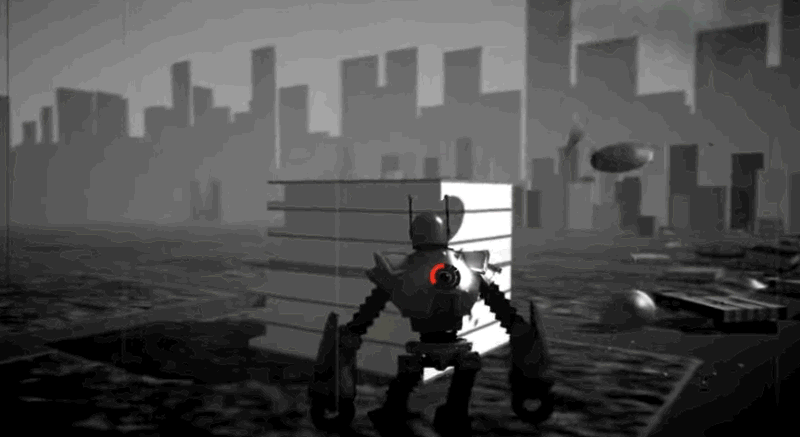
9. Chained
Most platformers are built around snappy controls and freedom of movement, from the rubbery jumps of Mario to the blazing speeds of Sonic the Hedgehog. The 3D side-scrolling platformer Chained chucks all of that out the window, strapping your character to a literal ball and chain. A metaphor for negative dependency and loss, this mysterious game opens with a broken family man moving through a home that’s been ripped apart by the consequences of his choices — a home that eventually opens up into a gaping cavern symbolic of his own subconscious. Movement is slow. Want to cross that gap? You’ll have to toss the ball across first. A drag at first, the ball and chain can actually be turned to your advantage later on if used creatively. The innovative mechanic and surreal atmosphere earned the game a slew of accolades, including a Best Art Award at the Tokyo Game Show’s Sense of Wonder Night and a Gold Winner award in the Games for Good category at the Serious Play conference.
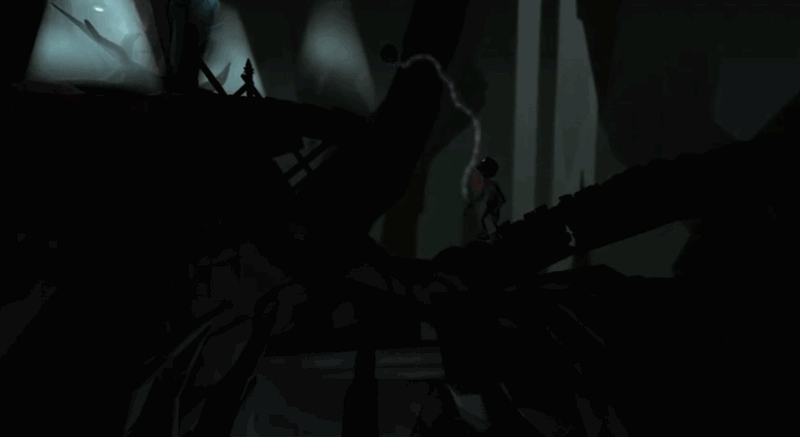
8. Chrono Disfunglement
In Chrono Disfunglement, time is on your side — as long as you know how to use it. This 3D puzzle-platformer drops you in a surreal alternate dimension full of geometric shapes and platforms. Getting your character from one side of the map to the swirling portal that marks your end goal can be a real head scratcher, and at first things might not seem to add up. But the ability to rewind and fast forward, as well as the innovative “focus rewind” feature that lets you revert the movement of specific objects, provides a path to victory. If you don’t immediately see the solution, it’s only a matter of time.
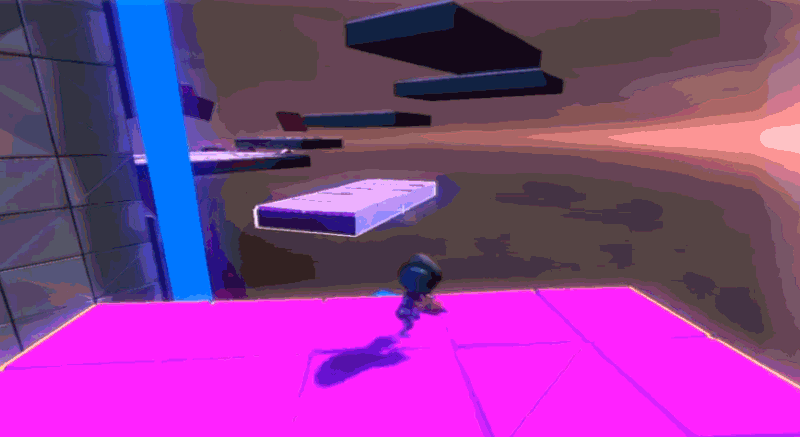
7. Douse
The Tokyo Game Show hosts an annual “Sense of Wonder Night,” reserved for games that “catch people by surprise and give them a sense of wonder.” Douse, by sophomore game team Terabyte, became one of the three games in DigiPen’s history to appear at the show, and it’s no wonder why. In this dreamy 2D platformer, you assume the role of an embodied raindrop. With no need for tutorials, you’ll wander through the forest — hopping from leaves, springy mushrooms, and spider webs to help some very thirsty flowers. By holding the mouse down, you can direct a sprinkling of rain from the sky, which can resuscitate wilted plant life and bring them back to bright, living color. Sometimes, reviving them is simply a nice gesture on the player’s part, but other times, the plants also help you, providing a crucial path forward. Taken alongside its painterly visual style, the game’s mood and mechanics add up to something like an interactive storybook — one that’s especially great for a quiet, rainy day.
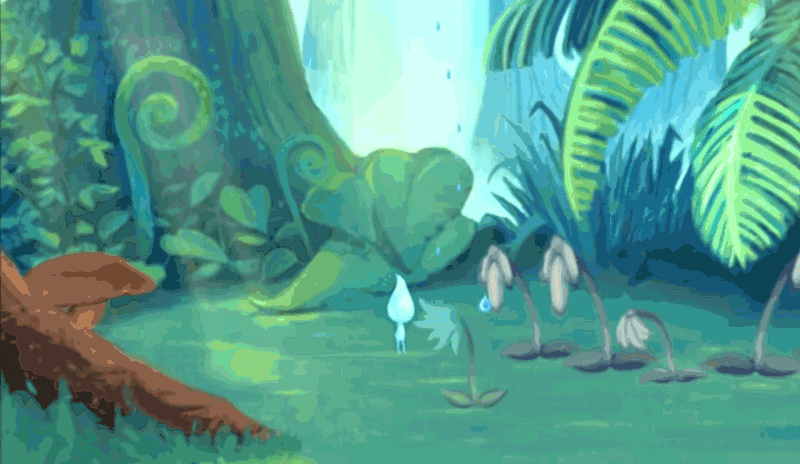
6. Solace
Bullet hell games have been an arcade staple since the early ‘90s, forcing players to dodge overwhelming waves of projectiles as they fly through typical military and sci-fi settings. Solace changed things up by taking the genre into unexpected territory – an abstract meditation on the five stages of grief. Amid a series of atmospheric levels themed around denial, anger, bargaining, depression, and acceptance, you pilot an angel-like entity as it dodges bullets and shoots increasingly complex projectile patterns back at the encroaching hordes of organic shapes. Taking the game up a notch further, the student developers added in dynamic audio, which syncs up melodies and rhythms with the pace of your shooting. Plenty of shooting games center on death, but Solace is notable as one of the few that tackles loss.
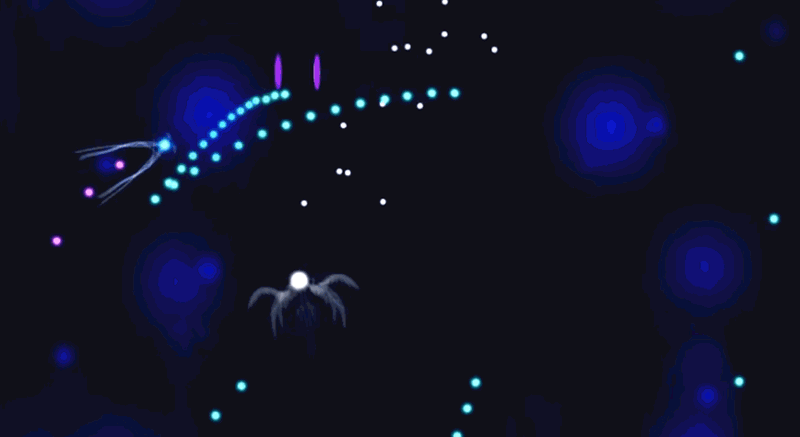
5. Flickers
Winner of DigiPen’s “Best Poetic Experience” award in 2013 and a PAX 10 selection in 2014, the 2D platformer Flickers caught peoples’ attention by doing things a little differently. Abstract from the start, you control a magical dot born from a wilting flower. Where you’re going, you don’t know, but how you’ll get there becomes rapidly apparent. Glowing flickers appear, serving as “platforms” from which you can leap in pre-ordained directions while the painterly world passes by in the background. Just make sure you time those jumps right – false moves can send you plummeting off the game’s increasingly complex levels. Although Flickers contains no dialogue, a narrative journey emerges through team Neat Snake’s dynamic use of music, mood, and gameplay. A gorgeous ending, one that the game lets you interpret as you will, completes the arc of this inventive and evocative experience.
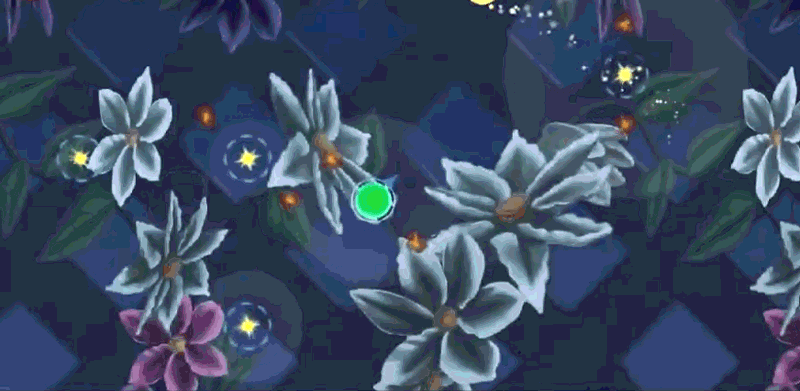
4. Igneous
You’ve probably played plenty of games as a sword-wielding knight, a space marine, or a martial artist, but how many have you played as a rock? In the 3D platform racer Igneous, you take control of a stone totem head rolling at blistering speeds through an ancient cavern — which just so happens to be violently crumbling around you as its besieged by an erupting volcano. With controls as simple as “move” and “jump,” Igneous turns that pared down recipe into a nail-biting game of survival, hurling giant rocks and balls of magma at you without warning as the ground rapidly collapses into deadly lava flows. One ill-timed movement or jump can send you hurtling off the map or through the floor to your doom. The pulse-pounding gameplay is heightened by Igneous’ drum-thumping soundtrack, featuring fast rhythms fitting of the game’s pace. The extra attention to detail — everything from the high-definition texturing to the slew of special effects to the endearing “Yo!” uttered by the totem every time it jumps — adds up to an incredibly unique package that caught the eye of players upon its release, many of whom hailed it “what Sonic 3D should have been.”
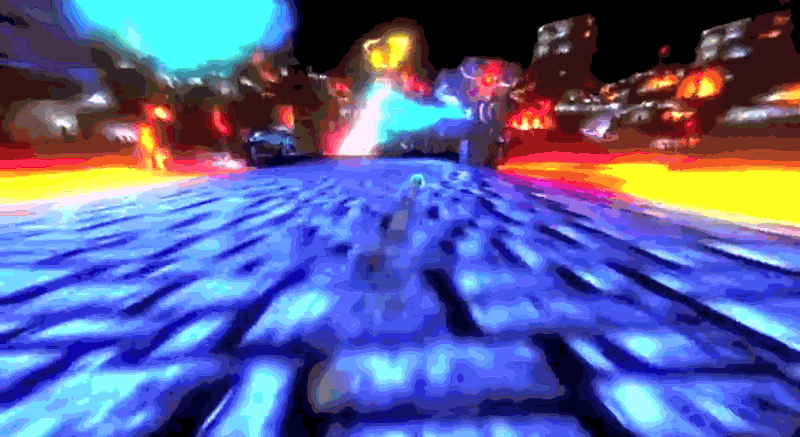
3. Dig-N-Rig
It’s no surprise that a game about digging your way to the Earth’s core also has deep mechanics. Dig-N-Rig’s unassuming pixel-art exterior belies a complex mining game that attracted a legion of enthusiastic followers upon its 2011 release, many of whom reported trouble putting it down. Taking control of the Diggit 6400, an advanced mining robot, the player must dig through intricate and ever-expanding layers of dirt, rock, and stone, uncovering the wealth of minerals within. Unlike its peers in the mining game genre, however, collecting your hoard isn’t as simple as “find it, keep it.” Part of Dig-N-Rig’s innovation was in challenging players to construct increasingly elaborate series of conveyor belts and scoopers to transport your haul back to base for processing. The addictive quality that hooked so many players is a testament to team Syntactic Sugar’s brilliantly designed progression system. Collecting more minerals allows you to upgrade Diggit 6400’s mining capabilities, some of which completely change the way the game is played. Upgrading your “wi-fi” opens up totally new areas of the map that were unreachable before, demanding more and more rigging materials to ship minerals further and further to base. Knowing there’s always more to collect and explore just out of reach, it’s obvious why players had trouble calling it quits — the next big mineral vein could lie just one layer deeper.
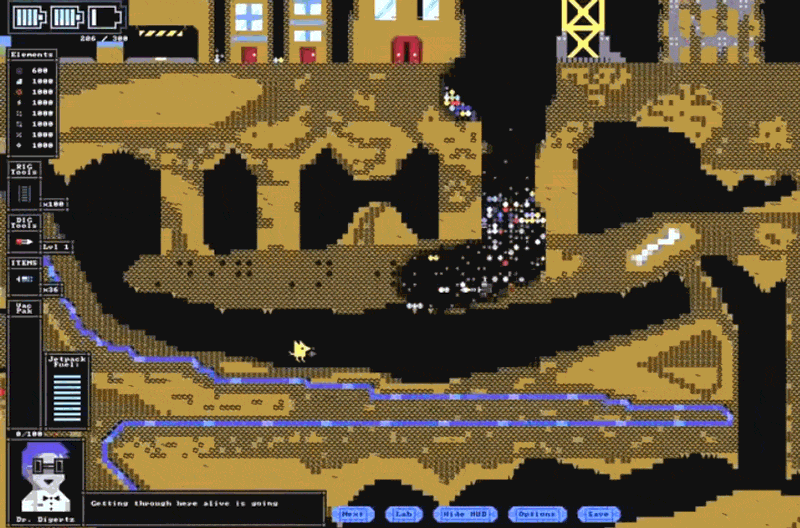
2. Perspective
Typically, DigiPen students make 2D games their freshman and sophomore year, then move onto 3D their junior and senior year. Anything but a typical student game project, Team Widdershins’ Perspective focused on both, and the freaky fusion resulted in one of the most brilliant puzzle games to come out of DigiPen. As the player, you control an avatar constrained to 2D space, as well as a first-person camera in the game’s 3D environment. By shifting your 3D perspective you create new 2D planes for your flat avatar to traverse, thus overcoming what would otherwise be impossible distances and heights. The simple, yet inspired concept struck a chord immediately. A video of Widdershins’ game presentation went viral on Reddit, and the game’s trailer remains the most viewed video on DigiPen’s YouTube channel. Once players got their hands on the game, praise continued to flow in, with outlets like Rock Paper Shotgun, Geekwire, The Verge, Gamespot, Destructoid, and PC Gamer hailing its innovative core mechanic and mind-bending level design. For the developers, some of the best reactions came from streamers, many of whom audibly shrieked and gasped when they reached the game’s trippy twist-ending. Even after you reach your final goal, Perspective continues to surprise.
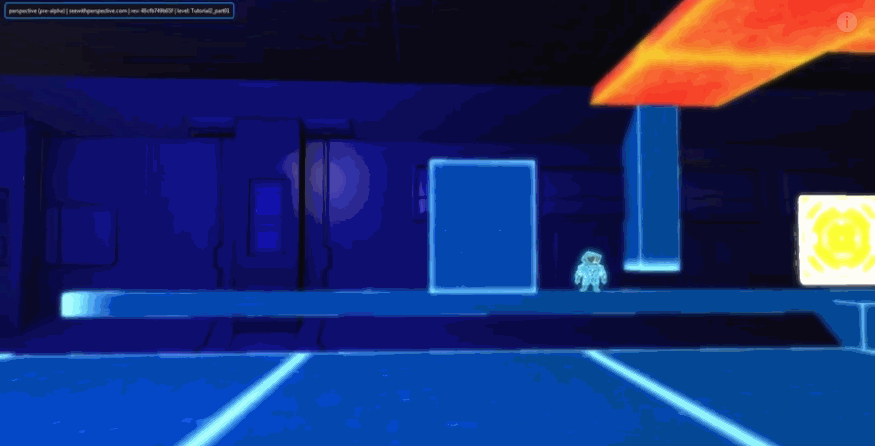
1. Nitronic Rush
There are plenty of fun racing games with hyper-realistic graphics, luxury auto brand tie-ins, and exotic locales. But there aren’t many where your car can jump, fly, and do front flips while neon buzz saws and lasers whiz by. Those are just a few reasons why Nitronic Rush isn’t your average racing game. In fact, its creators, the 11-member Team Nitronic, didn’t even refer to it as such and instead coined the term “survival driving game.” Set in the cybernetic, Tron-inspired “Nitronic City,” you must guard against a virus that has spread throughout the technicolor metropolis by speeding to the virus’ core, located at the far end of a series of obstacle-filled speedways. Players took notice of the game’s inventive gameplay and kinetic design, rocketing it to over three million downloads (roughly two-thirds of which were international) and a flood of positive press from sites like Venture Beat, Destructoid, Engadget, Rock Paper Shotgun, PC Gamer, and Kotaku. Award panels noticed too. Not only did the title pick up five separate DigiPen Game Awards (most notably 2011’s Game of the Year), it also scored the Gamer’s Choice Award at the Indie Game Challenge in 2012 and two honorable mentions at the IGF awards the same year. Team Nitronic returned the love with five different post-launch updates to the game, adding LAN-multiplayer as well as new levels, modes, and music. Heeding fans’ ubiquitous cries of “I WOULD PAY FOR THIS FREE GAME,” three members of Team Nitronic morphed into Refract Studios after graduation and developed a fleshed-out “spiritual successor” to Nitronic Rush. The result was Distance, a Kickstarter smash hit that released in September 2018.
